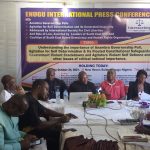Despite Nigeria’s mounting debt profile, the budgetary allocations for the Presidential Air Fleet (PAF) have increased from N4.37bn in 2017 to N12.48bn in 2022.
According to the data obtained from the appropriation bills of the Federal Government within the period under review, there has been an increase of N8.11bn or 185.58 per cent in five years, signaling a rise in the cost of running PAF, which is in charge of executive airlift of the President and top officials of the federal government.
The PAF is widely considered the largest airline in the country, now that Nigeria’s once biggest but troubled airline, Arik Air is on tenterhooks.
The PAF is managed on behalf of the federal government by the Nigerian Air Force (NAF).
For years, maintenance of the PAF has remained a controversial subject, as many Nigerians considered the fleet a waste of scarce resources. In fact, in the run up to the 2015 elections, President Muhammadu Buhari heavily criticized “outrageous” allocation to PAF, pledging to drastically reduce the number of aircraft in the inventory if he wins the election.
On October 7, 2021, President Muhammadu Buhari presented the 2022 budget proposal to a joint session of the National Assembly; a whopping N16.39tn, which will send the Federal Government on another borrowing spree of N6.23tn. in the budget proposal, N12.48bn was appropriated for the PAF.
Statistics shows that budgetary allocations for PAF have been on a steady increase since 2017, except for 2020, where the allocation saw a slight drop by N503.75m against the preceding year.
In 2017, the proposed allocation was N4.37bn. Recurrent expenditure—comprising personnel remuneration and overhead—amounted to N4.37bn. The sum of N399.50m was allocated for capital projects.
In 2018, the proposed allocation was N7.26bn. Recurrent expenditure—comprising of personnel remuneration and overhead—amounted to N4.36bn. N2.90bn was allocated for capital projects. This showed an increase of 66.13 per cent from the previous year.
In 2019, the proposed allocation was N7.30bn. Recurrent expenditure—comprising of personnel remuneration and overhead—amounted to N4.36bn while N2.94bn was allocated for capital projects. This showed an increase of 0.55 per cent from the previous year.
In 2020, the proposed allocation was N6.79bn. Recurrent expenditure—comprising of personnel remuneration and overhead—amounted to N3.02bn while N3.77bn was allocated for capital projects.
The allocation for 2020 dropped by 6.99 per cent compared to 2019. This decrease which was in overhead cost may be connected to the global lockdown that ceased operations for several months.
In 2021, the proposed allocation was N12.55bn. Recurrent expenditure—comprising of personnel remuneration and overhead—amounted to N4.37bn while N8.18bn was allocated for capital projects. This showed an increase of 84.83 per cent from the previous year.
In 2022, the proposed allocation was N12.48bn. Recurrent expenditure—comprising of personnel remuneration and overhead—amounted to N4.35bn while N8.13bn was allocated for capital projects. Personnel remuneration for 2022 increased by N13.5m or 3.1 per cent from the previous year. The allocation for 2022 decreased by 0.56 per cent compared to 2021.
According to the breakdown, Buhari proposed N2bn for the repair of air navigational equipment, N210m for the purchase of Phase 7 Avionics for AW 139 helicopters, N1.6bn for general maintenance, N1bn for aircraft maintenance and N250m for aviation fuel.
Cumulatively, however, the PAF allocation increased by 185.58 per cent between 2017 and 2022.
When President Buhari came on board in 2015, he promised to cut down on the waste of public resources and assured Nigerians his administration would cut down on the number of aircraft (on the PAF) inherited from former President Goodluck Jonathan.
The Jonathan government was heavily criticised for its failure to cut down on the number of aircraft in the PAF.
In November 2015, Presidential Spokesperson, Garba Shehu, said there were 10 aircraft in the fleet.
Apart from the Presidential NAF 1 (‘Eagle One),’ other aircraft in the inventory of the PAF include a Gulfstream V-SP, a Gulfstream 550, two Falcon 7Xs, a Dornier Do 228 and three A139 helicopters.
By October 2016, the Buhari administration advertised the sale of two of the aircraft – a Falcon 7X executive jet and Hawker 4000. The two Falcon 900s, a GIV-SP and G II were sold. A Citation Bravo and Hawker 800 were sent back to the Nigerian Air Force.





